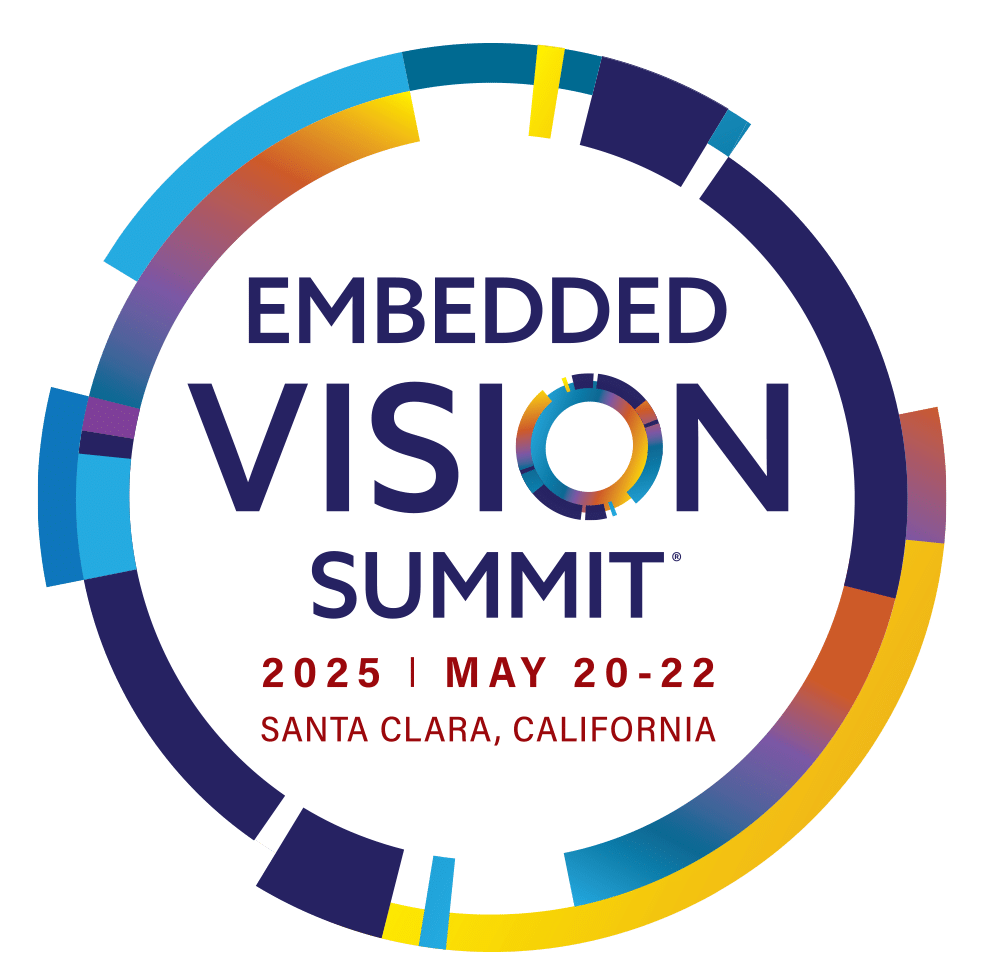Date: Thursday, May 22
Start Time: 12:00 pm
End Time: 12:30 pm
ADAS (advanced-driver assistance systems) software has historically been tightly bound to the underlying system-on-chip (SoC). This software, especially for visual perception, has been extensively optimized for specific SoCs and their dedicated accelerators. In this talk, we explain the historic reasons for this approach and show its advantages. However, recent developments, such as the emergence of middleware solutions, allow the decoupling of embedded software from the hardware and its specific accelerators, enabling the creation of true software-defined vehicles. We’ll explain how such an approach can achieve efficient implementations, including the use of emulation and cloud processing, and how this benefits not only Tier 1 automotive subsystem suppliers, but also SoC vendors and auto manufacturers.



